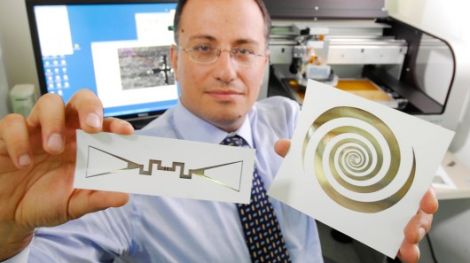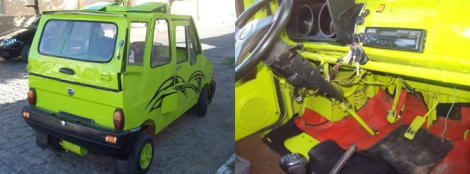Legend has it that Henry Ford would send engineers out to junkyards all over the US looking for Fords. They were supposed to study each one they found and make note of any parts that had not failed. But it wasn’t so that he could start making all of those parts stronger. Instead, Ford allegedly used this data to determine where he could cut corners in future production runs so as not to waste money by making any part last longer than any other part.
Most things tend to break down rather than completely giving out. Usually it’s only one or two components that stop working and the rest of it is still serviceable. And this is a good thing. It’s what lets us repair PCBs or scavenge parts off them, drive our cars longer, and help save each other’s lives through organ donor programs. Can you imagine how different life would be if each part of every thing failed at the same time?
Continue reading “One Hoss Shay And Our Society Of Obsolescence”














